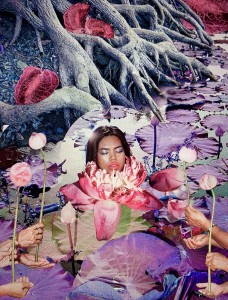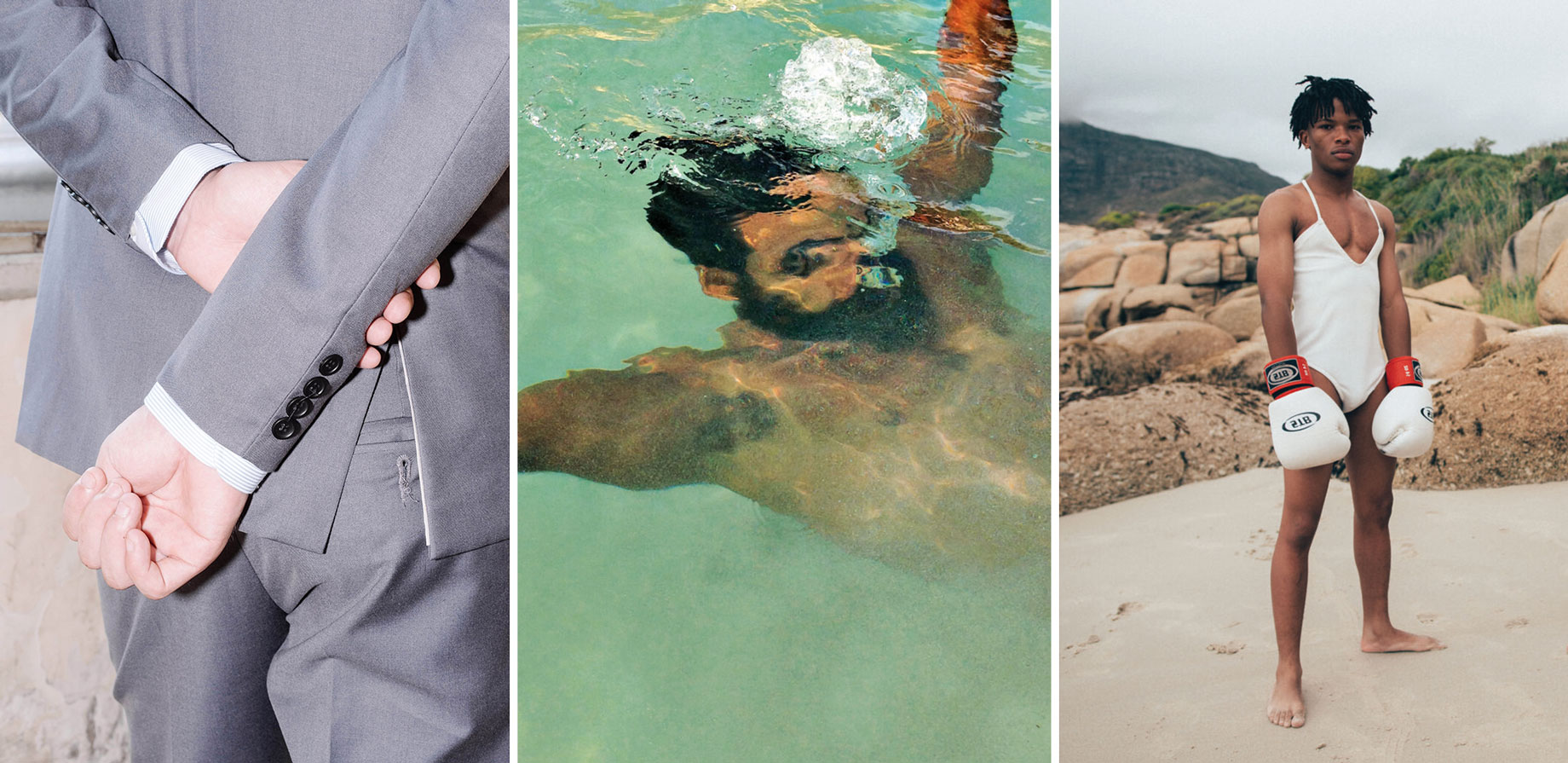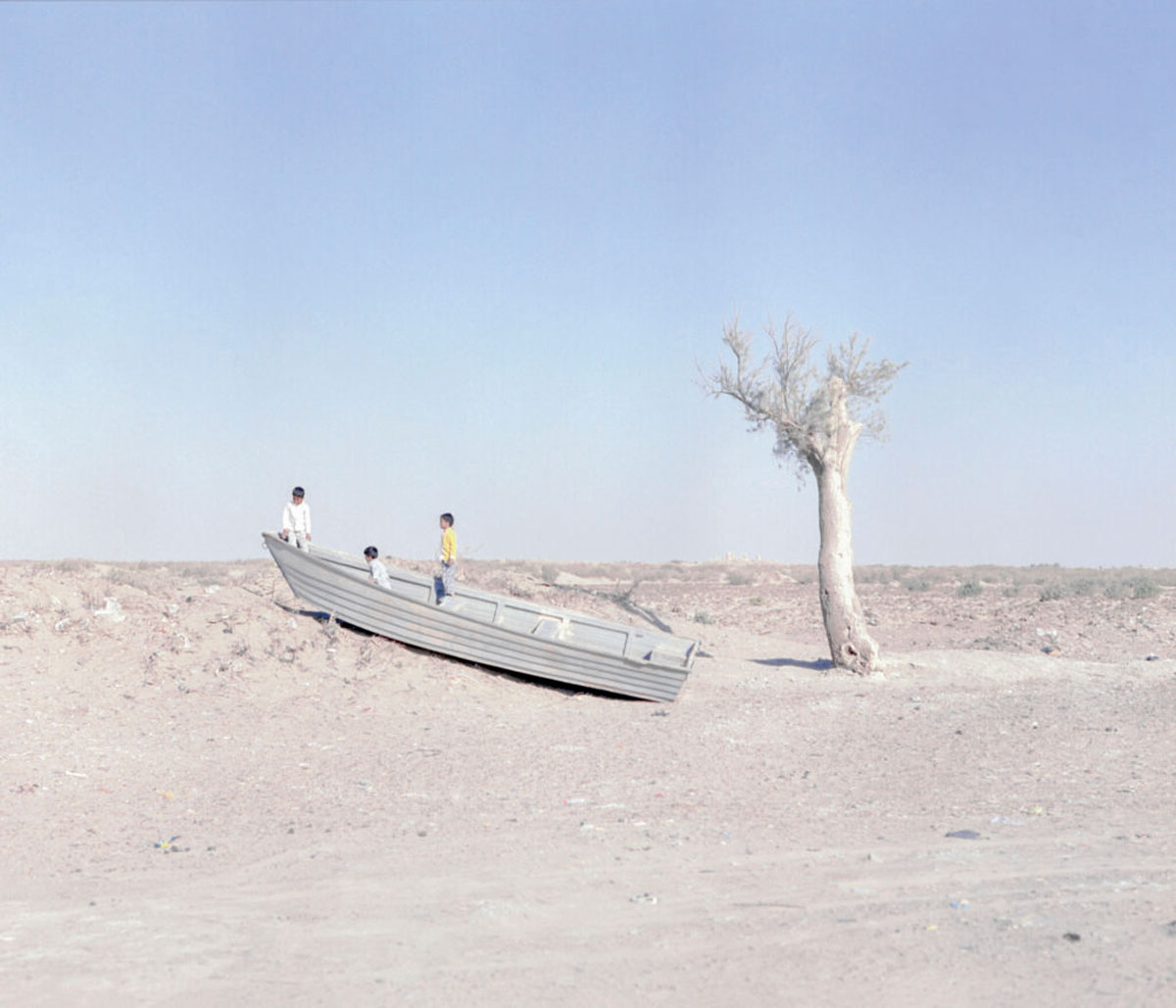PHOTO:Foam Talent 2020
 Every year, the FOAM Museum uses a talent call to look for exceptionally talented photographers between the ages of 18 and 35. The selected photographers can count on an international introduction. The talent call fits perfectly within the mission of the museum, which aims to make all facets of photography accessible to the widest possible audience.
Every year, the FOAM Museum uses a talent call to look for exceptionally talented photographers between the ages of 18 and 35. The selected photographers can count on an international introduction. The talent call fits perfectly within the mission of the museum, which aims to make all facets of photography accessible to the widest possible audience.
By Dimitris Lempesis
Photo: Foam Archive

Due to the promising future that Foam can offer new talent, the project has a wide resonance with young photographers. For the 2020 edition, the photography museum received over 1,600 submissions from more than 70 countries. Nineteen laureates were chosen by the editors of Foam Magazine to become the talents of 2020. The diverse series and artworks in “Foam Talent 2020” show individuals and communities that have long remained invisible or in the margins, exploring who we are and how we see ourselves in a constantly changing reality: between the analog and the digital, between myths and belief systems, between the private and public and between fact and fiction. The 2020 edition features young photographers from France, Ireland and Italy, such as Karla Hiraldo Valeau whose work revolves around identity and gender roles, the documentary photographer Simone Sapienza or Hashem Shakeri an established artist who besides photography also makes films. But also photographers from other parts of the world such as Africa, the United States or Asia: among others the Nigerian multimedia artist Rahima Gambo, the Thai self-taught Kamonlak Sukchai, the Canadian-Ghanaian emerging talent Luther Konadu and the American Philip Montgomery. The series “The Splitting of the Chrysalis & the Slow Unfolding of the Wings” by Yorgos Yatromanolakis was made in reaction to a period of intense introspection, sparked by a series of traumatic events in his personal life. Ending up back home in Crete, he found comfort in nature and the idea that, like a caterpillar in a cocoon, he might emerge transformed. This dark time is reflected in his images, which were mostly taken at twilight and etched out in inky blues and blacks. However they are also shot through with light, suggesting transition rather than total blackness. Within the narrative of the series, this experience is intertwined with the biological processes of transformation in nature, which are taking place in parallel and with which the photographer coexists and identifies. While the project was first published as a book and exhibited as framed photographs, Foam Talent 2020 is the very first occasion in which Yatromanolakis has transformed his work into an immersive audiovisual installation. The theme “An Elegy for the Death of Hamun” by Hashem Shakeri deals with Lake Hamun. The Afghan government has built extensive dams upstream from Helmand, preventing its water from reaching the lake, located in the Iranian province of Sistan and Baluchestan. It has been suffering from drought for the last 18 years, which has turned a region once famed for its agriculture and forests into a vast, infertile desert. Hashem Shakeri has travelled from north to south of this province to document the water shortage and drought, and the subsequent famine, unemployment and depopulation it has caused. By shooting three to four exposures for each frame of his analogue medium format camera to deal with the sharp sunlight, all depth and contrast, like the water of Hamun, is drained from the image. What is left is the absolute silence of the region, and its people who seem to live in continuous grief. Kamonlak Sukchai’s series “Red Lotus” concerns different scenes from a Buddhist myth with the same title, about a female deity who loses her purity due to her promiscuity and passion. After being sacrificed to the gods, she is reincarnated as a red lotus. In this series, montage is used as a technique to imitate the collage-like character of folk tales. Sukchai is interested in the ideologies that shape society’s use of the allegorical tales handed down to us, and how stories from the past can be manipulated to control us in the present. In these narratives, a woman displaying her sexuality is often presented as a form of transgression. Reconsidering the references to her own name, Kamonlak, which is Thai for ‘lotus’ , with this retelling of the age-old tale, Sukchai explores how myths can be retold in order to oppose the ideologies they have been made to serve. “Tatsuniya” is a Hausa word that translates to ‘tales’ – folktales or fairytales for children. In this spirit, Rahima Gambo created her project as a poetic alternative narrative about the experiences of students schooling in Northeastern Nigeria, where the Shehu Sanda Kyarimi Government Secondary School was attacked by Boko Haram terrorists in 2013. The artist first visited the school in 2017 to interact with a group of final year students when it had just been reopened after a two-year closure following the abduction of the Chibok girls. She executed a performative workshop with the students in order to plot an area for playful interaction where the undefined can be stimulated without a direct imposition of meaning. This intent was inspired by Trinh T. Minh-ha’s film “Reassemblage” (1983), a montage of fleeting images from Senegal without narration, in which Trinh explains that she intends ‘not to speak about/Just speak nearby,’ unlike more conventional ethnographic documentary film.
Photo: From the series “Education is Forbidden”, 2020, © Rahima Gambo, Courtesy of the artist
Info: Foam, Keizersgracht 609, Amsterdam, Duration: 18/12/2020-21/4/2021, Days & Hours: Mon-Thu & Sat-sun 10:00-18:00, Fri 10;00-21:00, www.foam.org



Center: From the series “Education is Forbidden”, 2020 © Rahima Gambo, Courtesy of the artist
Right: From the series “Untitled”, © Micha Serraf , Courtesy of the artist





